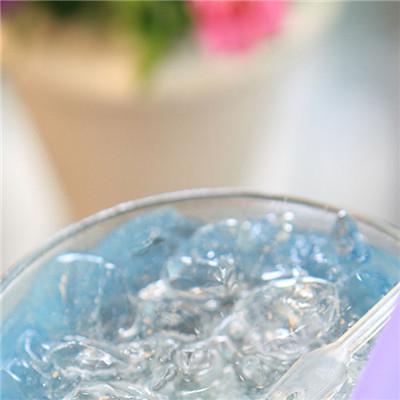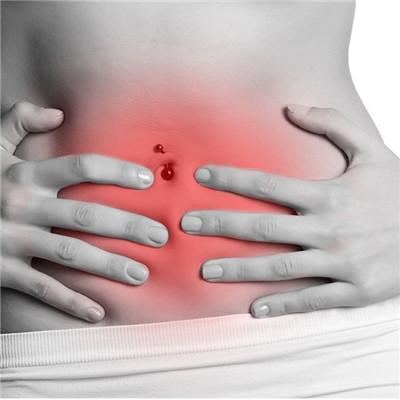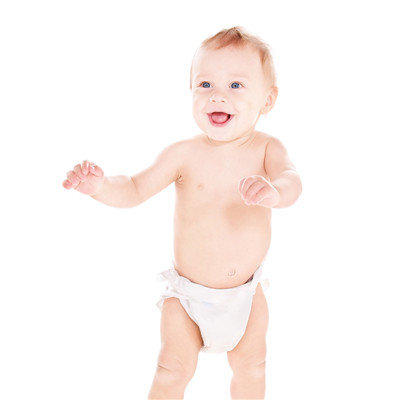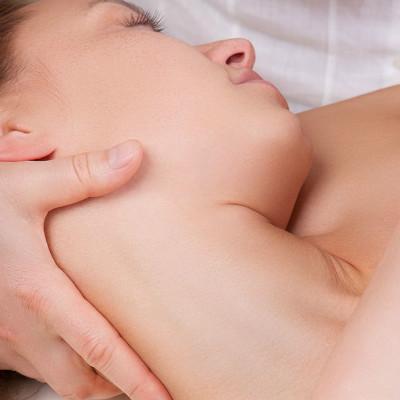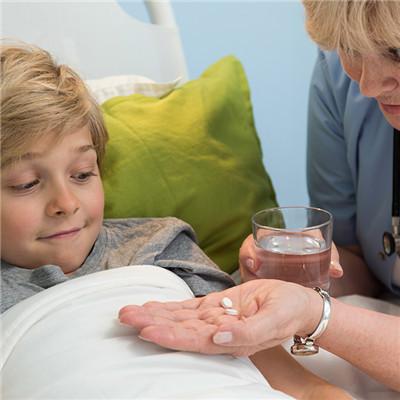Symptoms of abdominal groove and femoral tinea?
summary
Ringlike or semi ringlike lesions caused by pathogenic fungi invading the inner side of the groin are collectively referred to as tinea cruris, which is actually a special type of tinea corporis in the vulvofemoral region. Symptoms of abdominal groove and femoral tinea? Let's talk about it.
Symptoms of abdominal groove and femoral tinea?
Often occurs in the scrotum on the opposite side of the thigh skin, one or both sides, mostly ring or semi ring patch. At the beginning, a small piece of erythema appeared on the medial side of the upper part of the thigh, on which there were desquamation, and gradually expanded and spread around, with clear boundary, papules, blisters, scabs and itching.

The central part can be self-healing, with pigmentation or desquamation. After a long time, it will infiltrate and thicken the local skin, showing lichenization, often accompanied by itching. Severe cases often spread to the medial side of the thigh, perineum or around the anus, and the lower edge is clear. Fashion can affect scrotum, penis root and other places.

The diagnosis can be made according to the clinical manifestation, skin lesion morphology and mycological examination. It should be differentiated from tinea rubrum, seborrheic dermatitis, proliferative pemphigus and erosive psoriasis.

matters needing attention
Due to the delicate skin of the pudendal part, it should be noted not to use too irritating liquid to avoid skin irritation. Generally, compound resorcinol coating or 1% Econazole or clotrimazole cream, 2% miconazole, bifonazole, ketoconazole, sertafuryl, butenafine and terbinafine cream can also be used.






